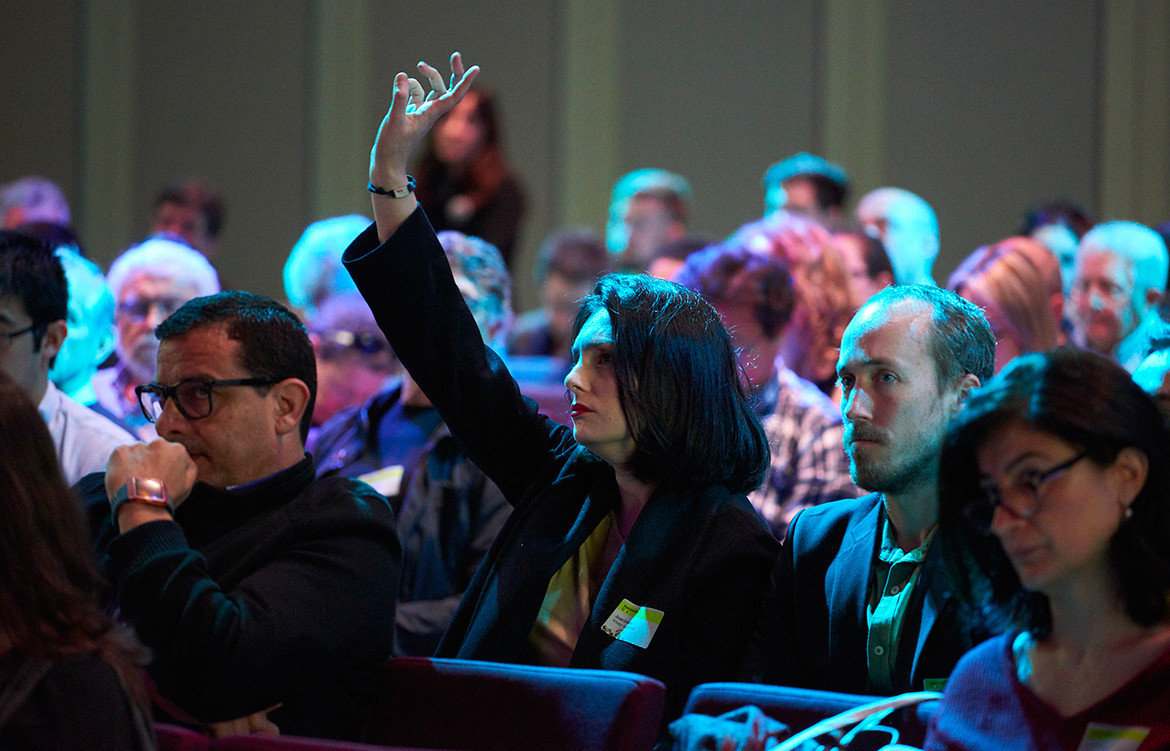Not only is each talk worth one CPD point (totalling six CPD points for the day for architects), but now Sustainability Live will also be offering an extra six CPD points from the Building Designers Association of Australia (BDAA) for all those attendees who work as building designers.
Sustainability Live will also be addressing one of this year’s biggest industry issues – the apartment building crisis. A topic much-loved by the media, but yet to be widely addressed in industry conferences. And in a first for Sustainability Live, we will have a live window testing demonstration with expert discussions on Australian window standards. Here is the complete program for Sustainability Live 2019:
1. The continuing evolution of Indigenous Design
In Australia, and many other countries with colonial pasts, mainstream design has largely eschewed both Indigenous design and designers. However, with Indigenous peoples’ ancient and enduring connection with the land, this is starting to change. What can the design sector learn from Indigenous design and are there principles in Indigenous design that could be utilised for sustainable design today?
2. Testing windows and doors for increases sustainability in design
Under the Building Code of Australia (BCA), window manufacturers are required to supply windows and glazed doors that meet mandatory minimum specifications for structural sufficiency and water penetration resistance under Australian Standard (AS) 2047, Windows in buildings, selection and installation. Energy efficiency provisions state that windows’ performance data must be determined in accordance with the guidelines of the Australian Fenestration Rating Council (AFRC). How is window testing done, who does it, what are the most common tests and can window test results be a portal into increasing the energy efficiency of a building?
3. The apartment building ‘crisis’ and where to now for our building sector?
From dodgy cladding to excessive cracking, building industry experts have warned that these events are symptomatic of underlying defects in the management and quality control of Australia’s construction system. While state and federal governments have vowed to respond, the industry needs to know where to go from here and how do architects ensure they are not burdened with the mistakes of others when it comes to new tower builds?
4. Adaptive re-use for a more sustainable building sector
In the pursuit of sustainable development, communities have much to gain from adaptively reusing historic buildings. Bypassing the wasteful process of demolition and reconstruction alone sells the environmental benefits of adaptive reuse. These environmental benefits combined with energy savings and the social advantage of recycling a valued heritage place make adaptive reuse of old buildings an essential component of sustainable development. So why aren’t we doing more adaptive reuse and how can we change this situation?
5. Disruptive sustainable city technologies
Cities, which are now inhabited by a majority of the world’s population, are not only an important source of global environmental and resource depletion problems but can also act as important centres of technological innovation and social learning for a low carbon future. Planning and managing large-scale transitions in cities to deal with these pressures require an understanding of urban retrofitting at city scale. Which ‘disruptive’ and ‘sustaining’ technologies can contribute to city-based sustainability transitions?
6. Construction waste and its disposal
Marine creatures shown at risk on David Attenborough’s recent Blue Planet television series may not have struck viewers employed in construction as having any bearing on their working lives. The same can be said about most members of the various state and federal governments and their waste minimisation initiatives, which are mostly targeted based on household recycling. But could the new policy emphasis on avoiding waste while encouraging recycling and reuse actually save construction firms money by making them rethink what they use, how much of it they use and how they use it?
Sustainability Live 2019 will be held from 9.00am – 4.00pm on November 7 at The Star in Sydney.
Sustainability Live
sustainablebuildingawards.com.au











